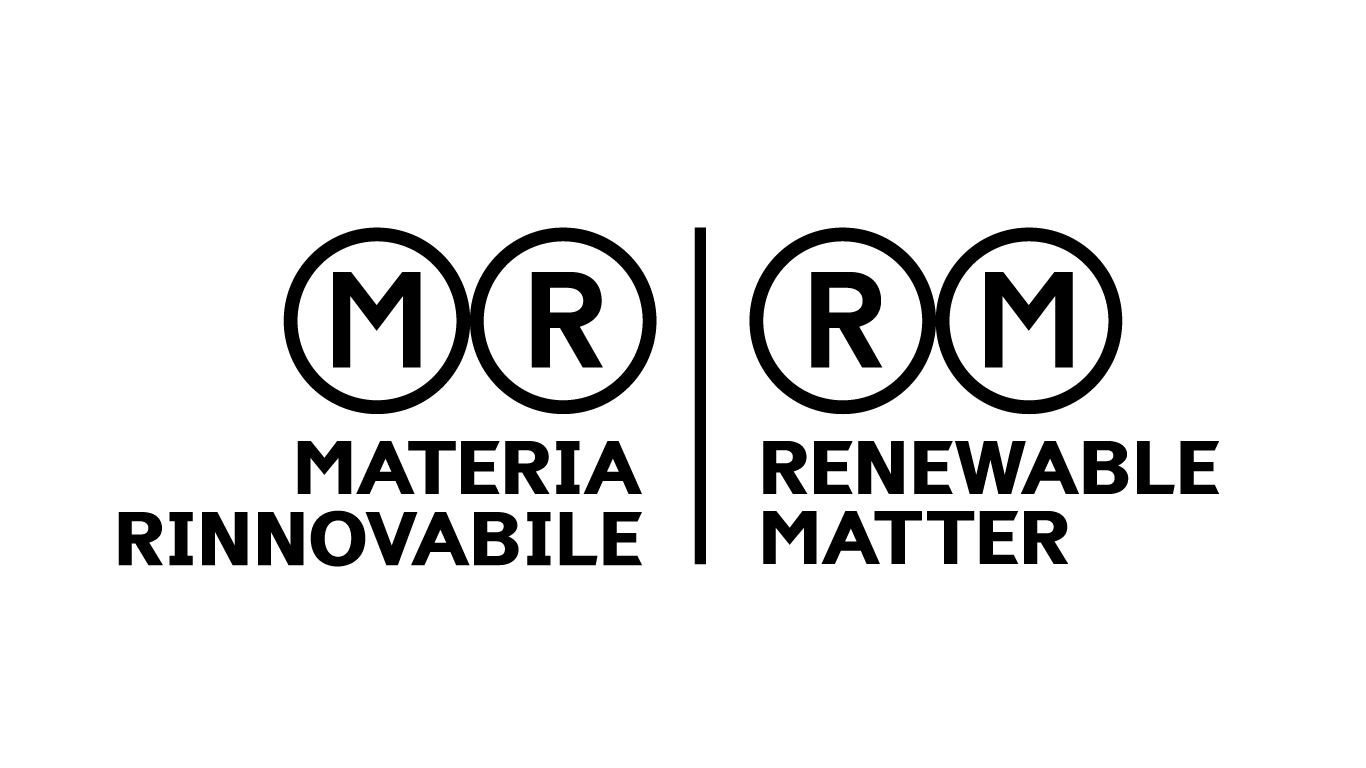This article is also available in Italian / Questo articolo è disponibile anche in italiano
There are currently 3,188 planned hydropower projects across the Balkans, with around a hundred under construction and 1,836 already in operation. These figures come from the Balkan Hydropower Update 2024, a report by the NGOs Euronatur and Riverwatch.
Now in its tenth year of monitoring, the report charts for the sixth time the course of a phenomenon that, while slightly slowing, shows no sign of disappearing. The shift is due in part to protests, environmental activism, and the Save the Blue Heart of Europe campaign, in which both organisations play a leading role.
"We see these results with mixed feelings", states Ulrich Eichelmann, CEO of Riverwatch. “On the one hand, we have lost so many rivers in the past ten years, which is sad, and each new dam is one too many. On the other hand, the data also show that fewer hydropower plants are being built, and more rivers are being saved. And that shows we are on the right track. But no doubt, we have to continue the effort to keep Europe’s Blue Heart beating.”
According to the latest update, 452 hydropower projects have been suspended because they are no longer considered feasible. Among them are 26 projects within Albania’s Vjosa Wild River National Park, 15 along the Neretva River in Bosnia and Herzegovina—halted following political decisions—and 405 in Greece, which have been officially rejected. Further suspensions are expected in Bosnia and Herzegovina, where a recent amendment to the electricity law could see at least another 116 projects scrapped.
Hydropower hotspots
The most serious threats are concentrated in Bosnia and Herzegovina, Albania, and Serbia, identified by the two NGOs as the true epicentres of riverine devastation. In Bosnia, the Neretva and Upper Drina are now among the most endangered rivers on the continent. More than 50 plants threaten the entire Neretva basin, from major projects such as the recently completed Ulog dam to the vast Upper Horizons project, the largest of its kind in Europe. The Upper Drina, meanwhile, faces the loss of much of its natural habitat, placing the already globally threatened Huchen, the Danube salmon, in serious jeopardy.
In Albania, with 27 active construction sites and 346 planned projects, the situation is just as critical. Among the worst cases are the Shkumbini River, where every tributary has been compromised, and the Shebenik-Jabllanica National Park, which is under constant pressure despite its protected status. On the Devolli, meanwhile, the construction of the Banja and Moglica dams has transformed the upper stretch of the river into a series of artificial reservoirs, compromising its ecosystem.
Also read: Water as weapon: India's threat to the Indus Treaty signals a dangerous global turn
Protected areas are being sacrificed for small-scale energy production
While efforts by activists, NGOs and local communities have helped slow down the development of new plants in recent years, the threat remains real, especially given “the fact that more than 50% of the hydropower plants planned and under construction are located in protected areas”, explains Annette Spangenberg Head of Conservation at EuroNatur, who defines the situation as “extremely worrying. Not only does this defeat the very purpose of protected areas, but it also sets a bad precedent".
The overwhelming majority of these projects—particularly within the protected areas of non-EU countries (Emerald Network), though there are instances within Natura 2000 sites in Greece—involve small-scale plants with a capacity of less than 10 megawatts. While their energy output is modest, the damage they inflict on rivers and local communities is irreversible.
A trend that clashes with the EU’s political ambitions of improving the state of rivers in line with the Water Framework Directive. “This included the goal of reconnecting 25,000 km of rivers and floodplains by removing dams and water abstraction systems, which is a key target in the EU Biodiversity Strategy for 2030”, recalls the report.
Cover: Mratinje dam on the Piva River, Montenegro © Giorgio Kaldor, 2017


